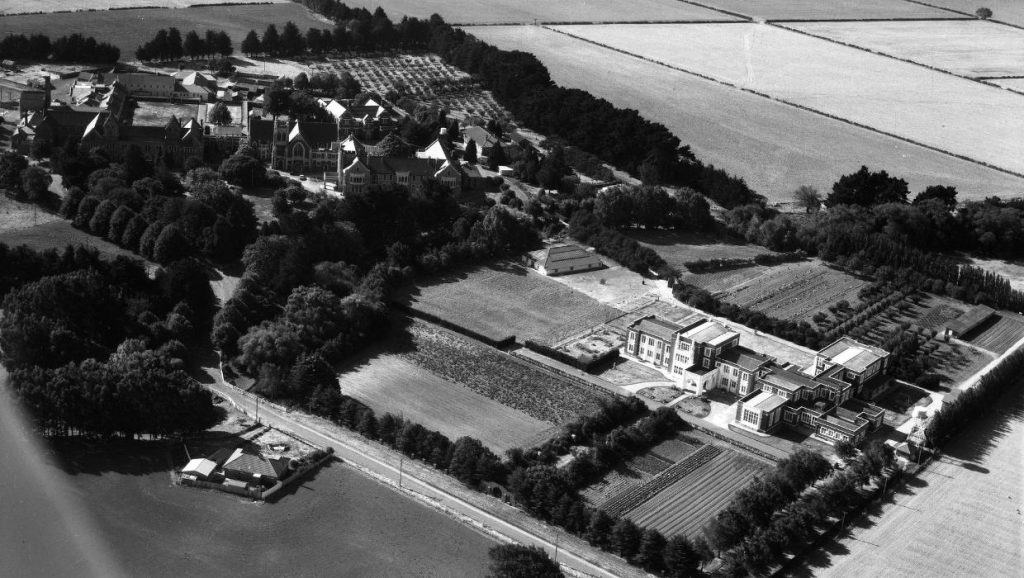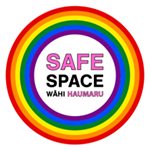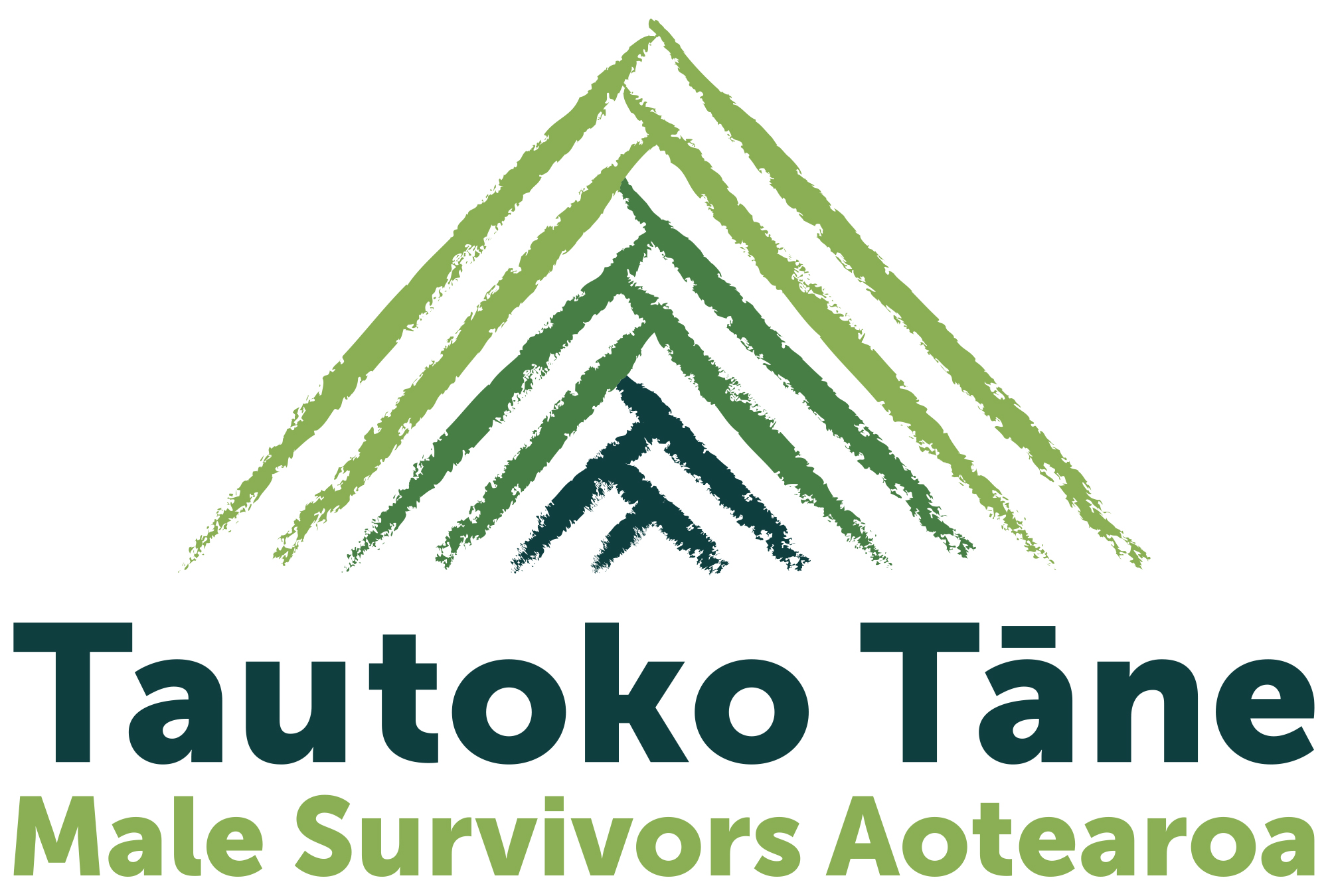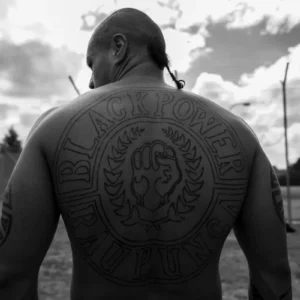ANALYSIS: A Royal Commission report into the sexual abuse horrors at the Marylands school in Christchurch took the headlines last week. But, writes National Correspondent Steve Kilgallon, it was an expensive exercise which may have no real impact other than expose the flaws of the commission.

Photo: VC Browne & Son
The horror of what happened at the Marylands children’s home in Christchurch returned to the headlines last week with the release of a Royal Commission report which called it “hell on earth”.
The second interim report from the Commission, which is investigating child abuse in care, was quite widely welcomed and warmly greeted in the media.
A beautifully-illustrated 370 pages apparently pulled no punches as it described the horrific, deep-rooted and widespread abuse of vulnerable children by members of the Catholic religious order the St John of God Brothers (and the state’s failure to exercise any oversight).
But in truth, there’s a compelling case that all the Commission has done with the Marylands report is a very expensive, very long piece of feature journalism: there’s nothing new, and it’s difficult to see any meaningful impacts.
Brave survivors, determined advocates and good journalists exposed the horror of Marylands (and the associated Hebron Trust and St Joseph’s orphanage) back in 2002, several Brothers served (limited) jail time, and compensation was paid out (reluctantly) 15 years ago. The story, horrific as it is, has been told and is known. Re-telling it again is not the commission’s job.
As Murray Heasley, from the advocacy group the Network of Survivors of Abuse in Faith-Based Institutions and their Supporters, asks: “What effect does this have on actual redress for any survivor of Marylands?
“They got money back in 2008, but since then what is the state of their lives, and what will this report do to improve the life of a single survivor? That’s a fair question to ask, and you would have to say ‘nothing’.”
This was the second interim report by the commission, after last year’s volume on abuse at Lake Alice psychiatric hospital.
On the surface, reports into two of the worst and best-known examples of institutional abuse in New Zealand history make sense.
But if the commission had real teeth, they would have explored an area where the truth remains clouded, the offending institution remains active on our soil and compensation payments remain debated.
Marylands was handed to the state in 1984, and the rapidly-diminishing St John of God order no longer have a New Zealand presence.
If the commission was only going to do one piece of major work on religious abuse, they could have looked elsewhere.
Stuff has written extensively about the awful abuse conducted by members of the two Marist orders – who own a substantial chunk of the Catholic educational system and retain a genuine presence here, in numbers, wealth and assets. Heasley believes reports into the Christian Brothers, the mainstream Catholic Church, nuns, and the Jehovah’s Witnesses would also have been fruitful.
But once the commission made that decision to re-tread the horrors of Marylands, then they could have been come to much stronger conclusions. The commission themselves called their report, entitled Stolen Lives, Marked Souls damning, but as Heasley’s colleague Liz Tonks says: “It is simply a historical account of what happened.”
While the report offers validation to survivors, and a permanent record of what went on, it falls short of offering them meaningful change. You will search in vain for a statement about increased recompense to survivors – that waits to the final report next year.
The Inquiries Act says Royal Commissions cannot find liability or instigate criminal investigations. But they can make concrete findings of fault. Instead, as religious abuse survivor Steve Goodlass argues, it is full of “may haves”.
The report rightly notes that it is “not our function to determine liability, nor can we” but appears to use that as licence for such gentle language as “it gives rise to questions of liability” and that the Crown “may well have breached human rights obligations” to the Marylands children.
It also talks of “encouraging” the Crown and St John of God to assess their liability – despite acknowledging the reality that until now neither the Order, nor the Catholic Church, nor the State has ever run an investigation into what went wrong or what it could have done better.
“It is just a report of fact, but it is thin in fact,” says Goodlass. “So what has changed and what is changing? The scariest thing is there are no recommendations.”
For example, the report notes that no real effort has ever been made to find all the survivors of abuse at Marylands, despite everyone acknowledging that the actual rate of abuse there is likely to be vastly under-reported. So why hasn’t the commission recommended a mandatory exhaustive search to find all those survivors and offer them immediate help?
Tonks says the report “soft-foots” the Catholic Church’s responsibility for allowing the abuse to happen and doesn’t address systemic issues still relevant today. It ought, she says, to have used the Marylands example to make clear recommendations for state monitoring of non-state institutions, such as an independent oversight authority.
Goodlass is incensed that in the report the commission argues that they found no other instance of institutional abuse as serious as this anywhere else in the world: he says that ignores examples such as Kendall Grange, the St John of God’s Australian mirror image of Marylands, or the BoysTown home in Queensland (where, by 2017, 219 credible abuse claims had been paid out), or the murders of first-nation orphans in Canada.
That’s important, he says, because it identifies Marylands as abnormal, whereas he argues it fits a pattern of religious abuse which the commission ought to have made more of. “There are no tangible outcomes from this report,” he says.
Then there is the question of output. Two reports seems a measly return thus far from a commission which has been at work since early 2018.
Goodlass says the commission ought to have produced a report on every evidence hearing it has held – but in delivering only two, it has lost the direct link between that evidence and its reporting.
He says the Australian Royal Commission into sexual abuse (which ran from 2013 to 2017) produced a study of every hearing they held. The Network’s statistics say the Australians produced 61 research papers, 57 case studies (one for each public hearing), 11 issues papers, five consultation papers, and presented at 27 conferences relaying their findings.
Our Commission was originally meant to report back on June 30, 2023. But that was extended early this year to March 28, 2024, with enquiry chair Coral Shaw arguing that nobody could have anticipated the depth of abuse they discovered.
Part of that extension was a cut-off for new evidence of July 31 this year, and for the inquiry to deliver no more reports after that date “if doing so may delay completion of the final report” and a commitment to deliver draft recommendations to the minister by November 30 this year.
So Marylands presents the final word from the commission until their complete findings next year.
That means no formal outcomes for another seven months; meanwhile, a Crown Response Unit stood up to deal with its recommendations will cost $96.62m from 2019 to 2024.
And so far, not a dollar has been paid out to the survivors of sexual abuse as a result of the commission’s work.
By Steve Kilgallon
09/08/2023




